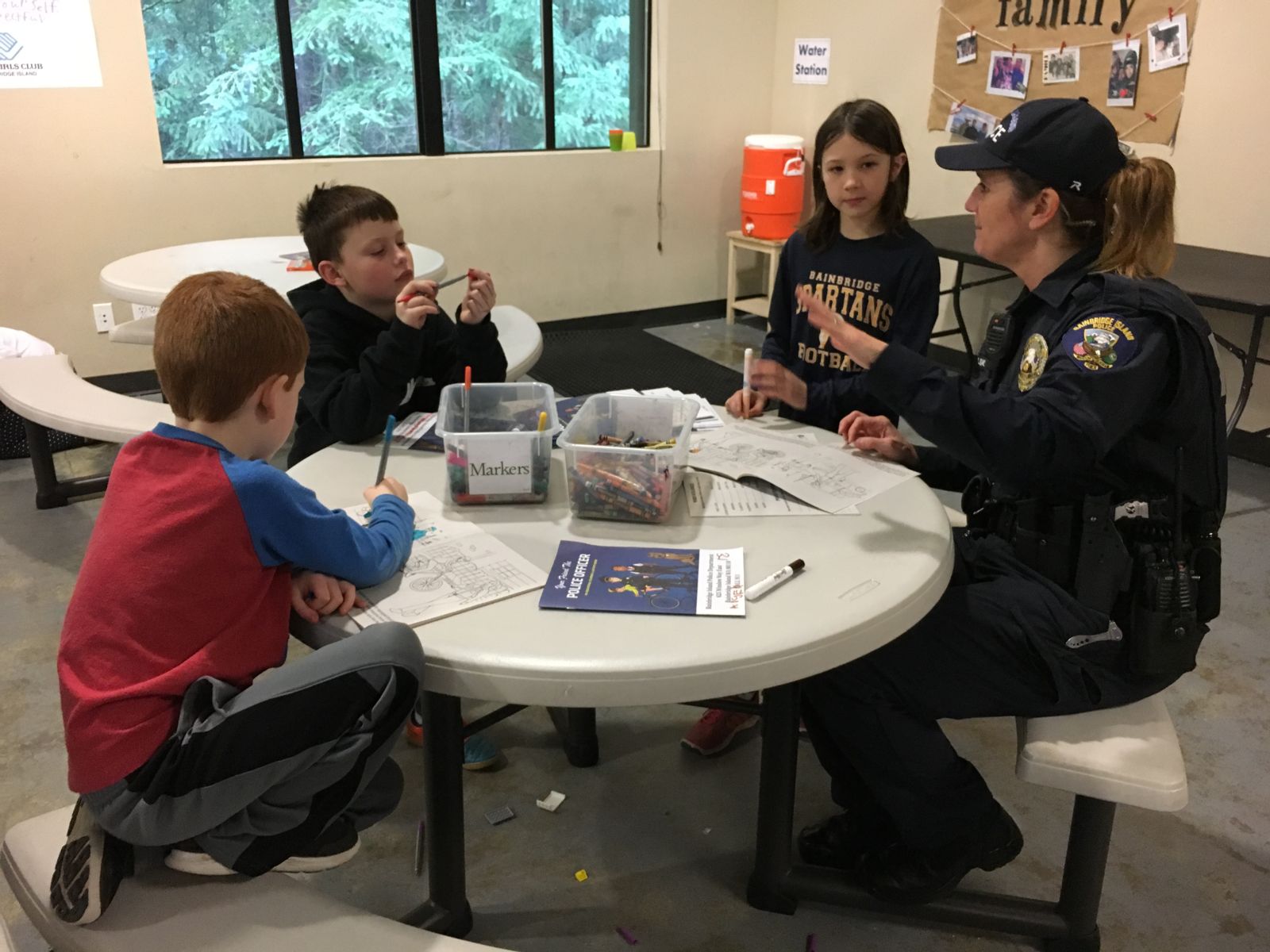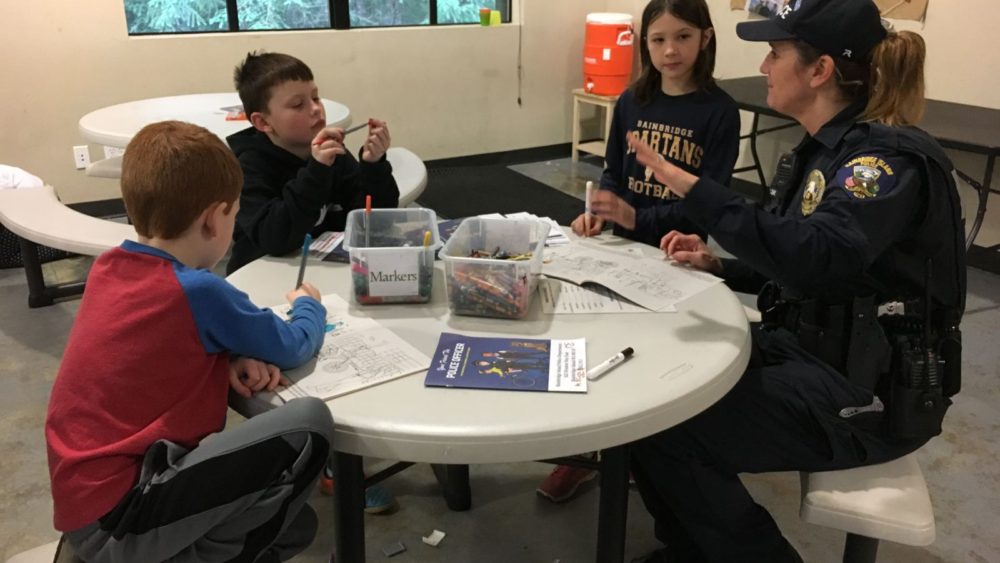 |
This post is presented as part of the Afterschool Spotlight blog series, which tells the stories of the parents, participants, and providers of afterschool programs. This post is also an installment in our Afterschool & Law Enforcement series, which explores the ways afterschool programs are partnering with police to keep communities safe and growing strong. Our latest installment of the Afterschool & Law Enforcement series highlights three recommendations for police officers working with afterschool programs.
Liam McEvilly, Program Director of the Bainbridge Island Boys & Girls Club, is a former police officer. While serving in the police force in the United Kingdom, McEvilly often worked with youth development organizations, inspiring him to make a career change and work with children full time.
When he found a home on Bainbridge Island in Washington state, McEvilly wanted to reach out to the local police department to let them know that they were welcome to stop by the program when on duty in the area. A parent in the program connected him with Officer Carla Sias, who works on community relations for the Bainbridge Police Department.
Officer Sias began coming to the Boys & Girls Club weekly to talk and play with the kids. Sometimes she brings in other officers from her department as well—in December, they threw an ice cream party for the club. When Officer Sias is there, she joins the kids in their daily activities. That might mean joining a game of pool, coloring, or walking students to a close by senior facility to read to residents. She sometimes talks to the kids about public safety or answers their questions about police while they play.
For many kids, playing with an officer after school allows them to learn more about a profession they have not learned a lot about. Afterschool often provides a casual environment for officers and kids to get to know each other as people. It is an opportunity for students’ typical interactions with officers to be positive experiences, rather than only encountering police officers if a negative situation occurs.
For others, interacting with an officer might be more challenging. On her first day at the Boys & Girls Club, Officer Sias met a middle school student who had faced a negative experience with a police officer when she was young. Seeing an officer in her afterschool program made the student uncomfortable. Officer Sias was able to talk with the student about her past, answer questions about the role of police, and connect with the student’s school guidance counselor to make sure the student was getting the support that she needed. The two were able to form a bond and they now check in on each other when they see each other at the club.
In addition to spending time with kids at the club and forming their image of police through positive interaction, Officer Sias has seen her involvement with the Boys & Girls Club affect other interactions outside of afterschool. Now when she visits schools, she is able to greet the kids she has spent time with afterschool, forming a stronger bond.
Officer Sias tries to develop a relationship with the staff, as well as the kids. She works hard to make sure she is an asset to the club, providing them with resources and support they might not otherwise have. She is happy to step in where she is needed and step out where she is not. Soon, when she has had time to identify the needs of the kids at the Boys & Girls Club, she might collaborate with staff to create a more structured public safety-focused program and curriculum.
Tips for Success
Officer Sias and Liam McEvilly offered a few tips for other officers and program directors seeking a partnership:
- Reaching out goes a long way. If you run an afterschool program and would like an officer to be involved, reach out and invite them! Oftentimes, people might be unsure if the local police department would be interested – the best way to find out is to ask! It made a big impression on Officer Sias when McEvilly reached out to her. It showed that he really wanted her there, and it helped to get buy-in from other officers in her department. McEvilly had a parent connection to the department, but if you’re unsure of who to reach out to, try asking for an officer who focuses on community relations.
- Programming can be formal, but doesn’t have to be. Officer Sias is thinking about ways to incorporate a formal curriculum into her involvement afterschool, but for now she joins kids in more informal activities. Both are excellent ways to get involved. Part of the reason that afterschool is unique is that it allows for both formal and informal interaction with community partners.
- Start small! Recently, the Boys & Girls Club was seeking additional board members. When McEvilly thought about community members who have made a commitment to being involved with the club, Officer Sias came to mind. He asked if she would like to serve as a board member and she accepted. Officer Sias started small, volunteering at the school weekly, before she got involved in a more sustained role as a board member.

Comments are closed.